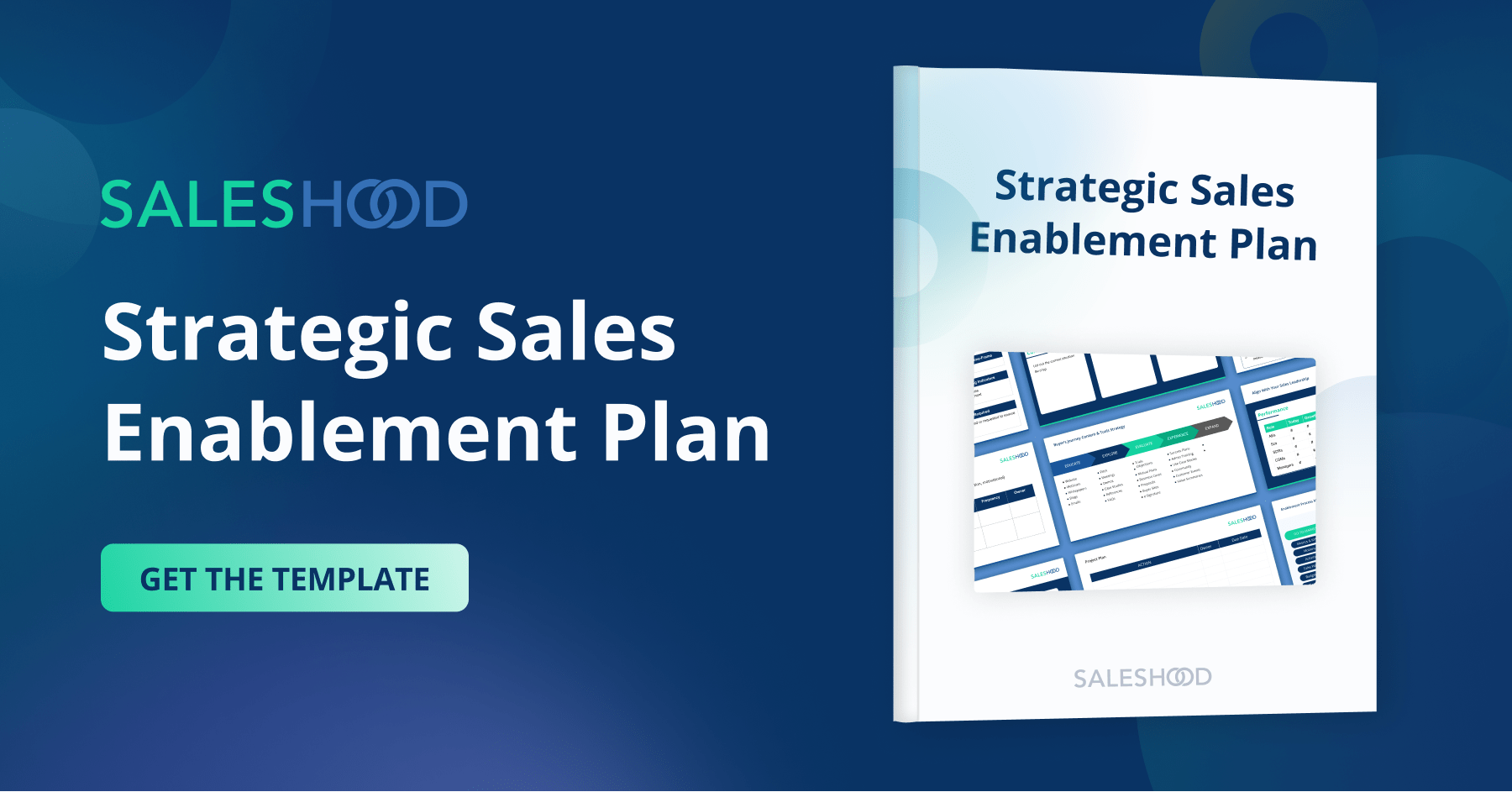When companies have clear direction on what sales tools product managers should create revenue outcomes are accelerated.
When I first moved to San Francisco I was hired as a Product Manager. I spent my early years in Silicon Valley working in product management including three years at Oracle. My first job at Salesforce in 2005 was a product management role too. My career accelerated in product management at Salesforce because I understood how to work with sales to help them make money by selling my product.
I never would have expected that my roots in sales way back to my days selling furniture at my dad’s store in Toronto and knocking on doors selling first aid supplies, would serve me so well in product management in Silicon Valley. I understood how important it was to roll up my sleeves to coach, train and support our sales teams.
As product managers, it’s our jobs to co-sell with sales and stay as close to the pulse of what’s going on in the market as possible. We have to balance building product with selling the product. We have to balance product building with go-to-market functions like selling. How can we build products that don’t sell? How can we launch products our sales teams don’t understand how to sell?
What goes into winning product playbooks is pretty standard in the world of product marketing and sales enablement. We expect the following to be answered: who to sell to, how to sell, what to sell, what to say, and when to say it.
Here is a list of sales tools you can use as a guide to get started. Note you don’t need all the sales tools on this list. Use what makes sense for your product and go-to-market.
- Industry Trends
- Elevator Pitch
- Buyer Profiles
- Customer Stories
- Industry Use Cases
- Discovery Questions
- Value Calculators
- Sales Process
- Objections
- Frequently Asked Questions
- Competition
- Walk-Through of Product Features
- Day-in-the-Life Demonstrations
Product managers, the issue I want to highlight is that this information is usually distributed to sales teams in a one size fits all webinar and with a lengthy slide presentation for reinforcement. Consumption, retention and impact are very low. We’re in the midst of a sales-learning revolution Take a look at the following trends:
Trend #1: Bite-Size, “Snackable” Content
Trend #2: Crowdsourcing Best Practices
Trend #3: Closed-Loop Performance Correlations
Applying these trends to how playbooks are released is crucial to hitting revenue goals faster, ramping up sales teams faster and launching new product more successfully.
It should be the job of product management (or product marketing) to create and maintain this product playbook content. It’s a great best practice for Product Managers to project passion, confidence and knowledge. I recommend creating video product playbooks with short videos and reinforcement exercises that can be inspected and celebrated.
Here are some tips for product playbook videos:
- Tell your personal story about the product.
- Give your product personality by broadcasting your face. When you can avoid it, don’t hide behind slides. Use slides to augment ideas, but sellers want to see our faces.
- Explain why you’re passionate about the product. Share a story that makes your product human and helps your sellers connect with the why.
Investing in these kinds of assets will scale a company. It’s impossible for every product manager to listen to every customer call or attend every training session. It’s the job of the first-line sales managers and sales leadership to do the coaching in their team meetings and one-on-ones, and go through the materials with their accounts and deals.
From one product manager to another, let’s rethink our assumptions on playbooks. They are not intended to be static decks and documents that don’t add value. They should be tools that are used to build confidence and competence, versus checking a product or feature release box. Have fun creating and distribute engaging sales playbooks and sales tools proven to deliver revenue faster.



